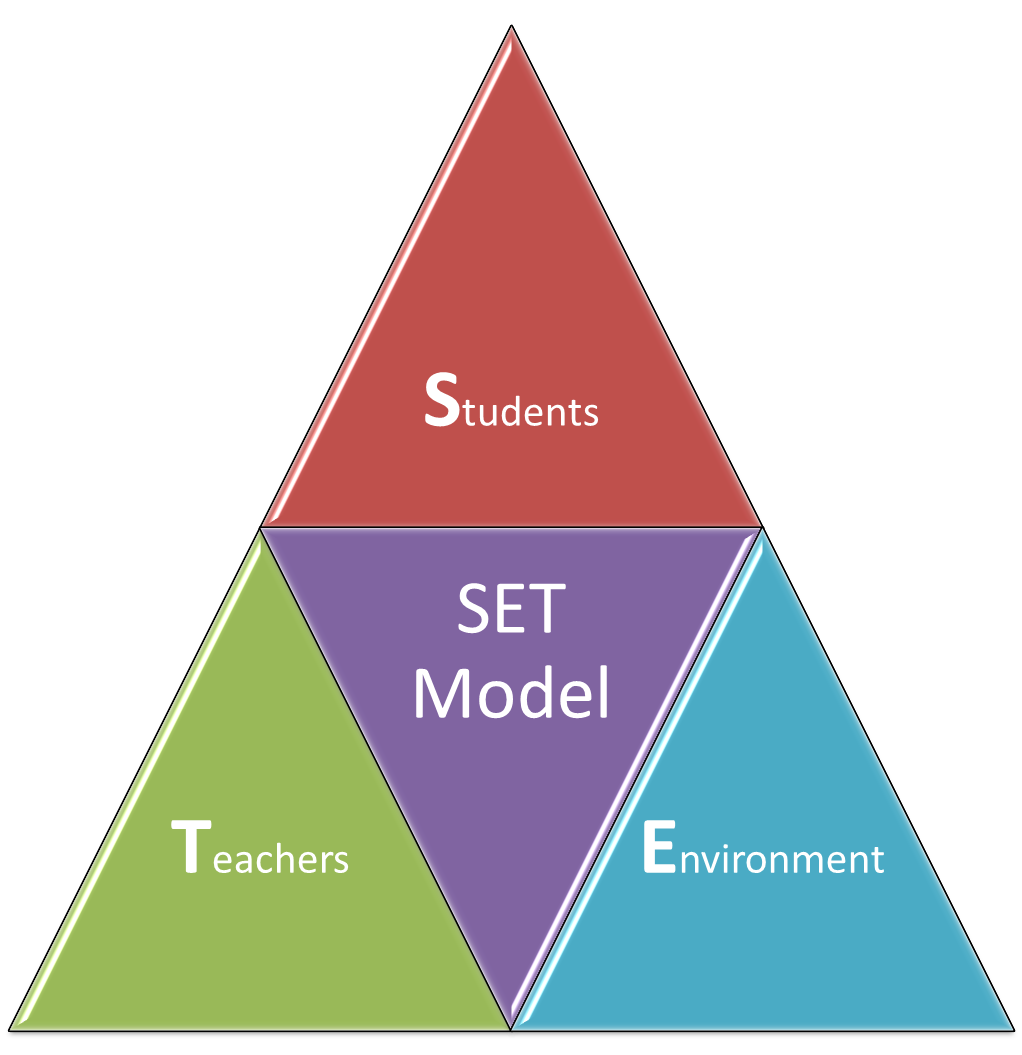Course Description

Creating an environment that is both supportive and positive for students as well as the teacher does not happen by chance. Just grouping four students at a table in no way ensures a cooperative group.
The SET (students, environment, & teacher) model will be explored and tools shared that will aid educators in developing a community of learning environment in classrooms at any grade level.

Modules include:
- Community of Learning: An Introduction
- The Environment
- Setting & Developing Norms of Cooperative Learning
- The First Two Weeks
- Planning that Supports a Community of Learning Environment
- Students Taking Ownership
- Sample Activities that Promote Collaboration
- What About Assessment?
- Next Steps
Basic + and Custom level participants will have the opportunity to work with Tammy in live support sessions.
PD Hours:
Upon successful completion of the Basic course, participants will get a certificate for 9 hours of PD credit.
Upon successful completion of the Basic+ course, participants will get a certificate for 15 hours of PD credit.
PD credit hours will be determined by the local district/school for the Custom course.
Lead Instructor
Tammy Jones
Course curriculum
-
1
Community of Learning: An Introduction
-
What is a Community of Learning?
-
Why Use a Community of Learning Environment?
-
-
2
The Environment
-
What Does a Community of Learning Environment Look Like?
-
-
3
Setting & Developing Norms of Cooperative Learning
-
What is Cooperative Learning?
-
Norms of Cooperative Learning
-
-
4
The First Two Weeks
-
Beginning a Successful Journey
-
-
5
Planning that Supports a Community of Learning Environment
-
Deliberate & Intentional Planning
-
-
6
Students Taking Ownership
-
Students: Owners of Their Own Learning
-
-
7
Sample Activities that Promote Collaboration
-
Grade-Band Specific Samples
-
-
8
What About Assessment?
-
Authentic Assessment for Groups
-
-
9
Next Steps
-
Successful Implemtation
-
Pricing options
Explain how different pricing options might be valuable to different segments of your audience.
-
Get started now
$79.00
Regular price
-
Get started now
$1,750.00
Custom Course for Schools & Districts (Call for price for more than 25 teachers)
-
Get started now
$199.99
Basic Course + 2 Live Group Support Sessions + Editable Templates
-
Get started now
$79.00
Basic Course